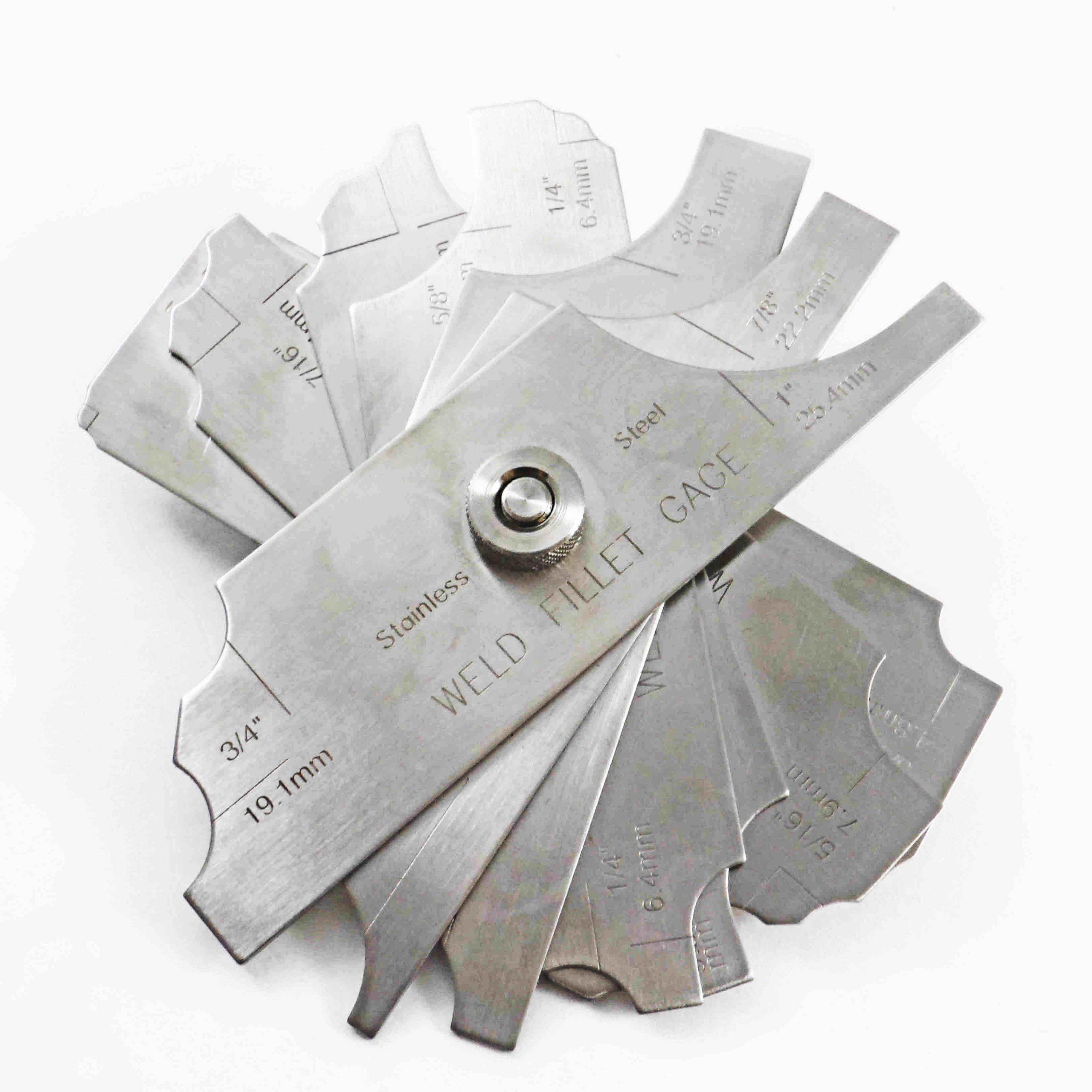Comprehending Gauge Fillet Weld: A Comprehensive Overview for Welders
Comprehending Gauge Fillet Weld: A Comprehensive Overview for Welders
Blog Article
The Ultimate Overview to Fillet Weld High Quality Control: Guaranteeing Toughness and Longevity in Your Welded Joints
In the realm of welding, making sure the toughness and resilience of fillet welds is vital for the honesty of bonded joints. As we embark on this exploration of fillet weld high quality control, we will certainly reveal vital factors that affect weld strength, delve into efficient examination approaches, and discuss techniques for avoiding typical weld problems.
Significance of Fillet Weld High Quality Control
Making certain appropriate fillet weld high quality control is vital in assuring the architectural stability and long life of bonded parts in numerous sectors. Fillet welds are generally made use of in architectural steelwork, bridges, stress vessels, pipes, and other vital infrastructure where the strength of the weld is essential to overall safety and efficiency. Quality assurance actions such as aesthetic assessments, non-destructive screening, and adherence to welding procedures help identify possible issues like lack of fusion, insufficient penetration, damaging, or excessive support.
Secret Elements Impacting Weld Stamina
Achieving optimal weld toughness needs cautious consideration of different crucial aspects that affect the integrity and durability of the welded joint. The initial vital factor is appropriate joint preparation, which involves cleansing the base metals to get rid of any type of pollutants that might compromise the weld. In addition, the fit-up of the joint is necessary to ensure appropriate penetration and combination of the filler material.
The option of the suitable welding strategy and parameters likewise plays a substantial function in establishing weld toughness. Elements such as warmth input, travel speed, and electrode angle can influence the quality of the weld. Additionally, keeping the correct interpass temperature throughout multi-pass welding is vital to stop fracturing and ensure a strong bond in between the layers.
Additionally, the option of filler material and its compatibility with the base steels is critical for achieving high weld strength. Utilizing filler product with the ideal mechanical residential properties can boost the total honesty of the weld. Lastly, post-weld heat treatment and proper evaluation methods are necessary actions in making sure the toughness and longevity of the bonded joint.
Evaluation Methods for Weld Integrity

One more critical inspection method Our site is liquid penetrant testing, where a liquid color is used to the weld surface area - Gauge Fillet Weld. The color seeps right into any surface-breaking problems, making them visible under UV light. This technique is reliable for identifying flaws that may not show up to the naked eye


Ultrasonic screening is likewise extensively utilized for inspecting weld honesty. High-frequency acoustic wave are routed into the weld, and any kind that site of disturbances in the sound wave pattern indicate prospective flaws like cracks or absence of combination.
These inspection approaches play a vital role in ensuring the quality and reliability of welds, inevitably contributing to the general strength and durability of bonded joints in industrial settings.
Protecting Against Usual Weld Issues
In order to keep the structural integrity of welded joints in commercial applications, it is critical to implement safety nets to deal with common weld flaws. One usual issue is lack of blend, where the filler material fails to bond properly with the base metals, causing vulnerable points in the weld. This can be avoided by making sure correct warmth control and using the appropriate welding method.
An additional constant concern is porosity, caused by gas entrapment in the weld metal during the welding process. To stop this, it is important to cleanse the base steels extensively, make use of completely dry electrodes, and maintain a suitable welding environment with proper ventilation.
Additionally, cracks in welds can compromise the joint's strength. To avoid this problem, it is essential to manage the cooling rate after welding, use preheating when necessary, and select appropriate welding criteria.
Enhancing Bonded Durability With Correct Strategies
One crucial approach to enhance weld longevity is to make sure proper weld grain placement. By placing the weld bead properly within the joint, the weld's strength and resistance to exhaustion can be considerably boosted.
Selecting the ideal filler steel you could try here and making certain the sanitation of the base metals can prevent additions and other problems that might jeopardize the weld's longevity. By applying these proper techniques, welders can ensure that their welded joints exhibit remarkable strength and sturdiness, satisfying the greatest high quality requirements.
Conclusion
In final thought, maintaining excellent quality control standards for fillet welds is crucial for ensuring the strength and longevity of bonded joints. By recognizing the crucial aspects impacting weld strength, making use of examination approaches for weld stability, avoiding common weld issues, and using appropriate techniques, welders can boost the general sturdiness of their welds. It is imperative to prioritize top quality control steps to generate long-lasting and trusted bonded joints.
In the realm of welding, making certain the strength and durability of fillet welds is vital for the honesty of bonded joints. As we get started on this expedition of fillet weld top quality control, we will certainly reveal crucial variables that affect weld stamina, delve into reliable examination methods, and discuss methods for stopping common weld flaws.Achieving optimum weld stamina calls for careful factor to consider of different key aspects that affect the stability and durability of the welded joint (Gauge Fillet Weld).In verdict, maintaining high quality control criteria for fillet welds is essential for making certain the strength and toughness of bonded joints. By understanding the crucial factors impacting weld toughness, utilizing evaluation techniques for weld honesty, preventing typical weld flaws, and using proper techniques, welders can improve the general resilience of their welds
Report this page